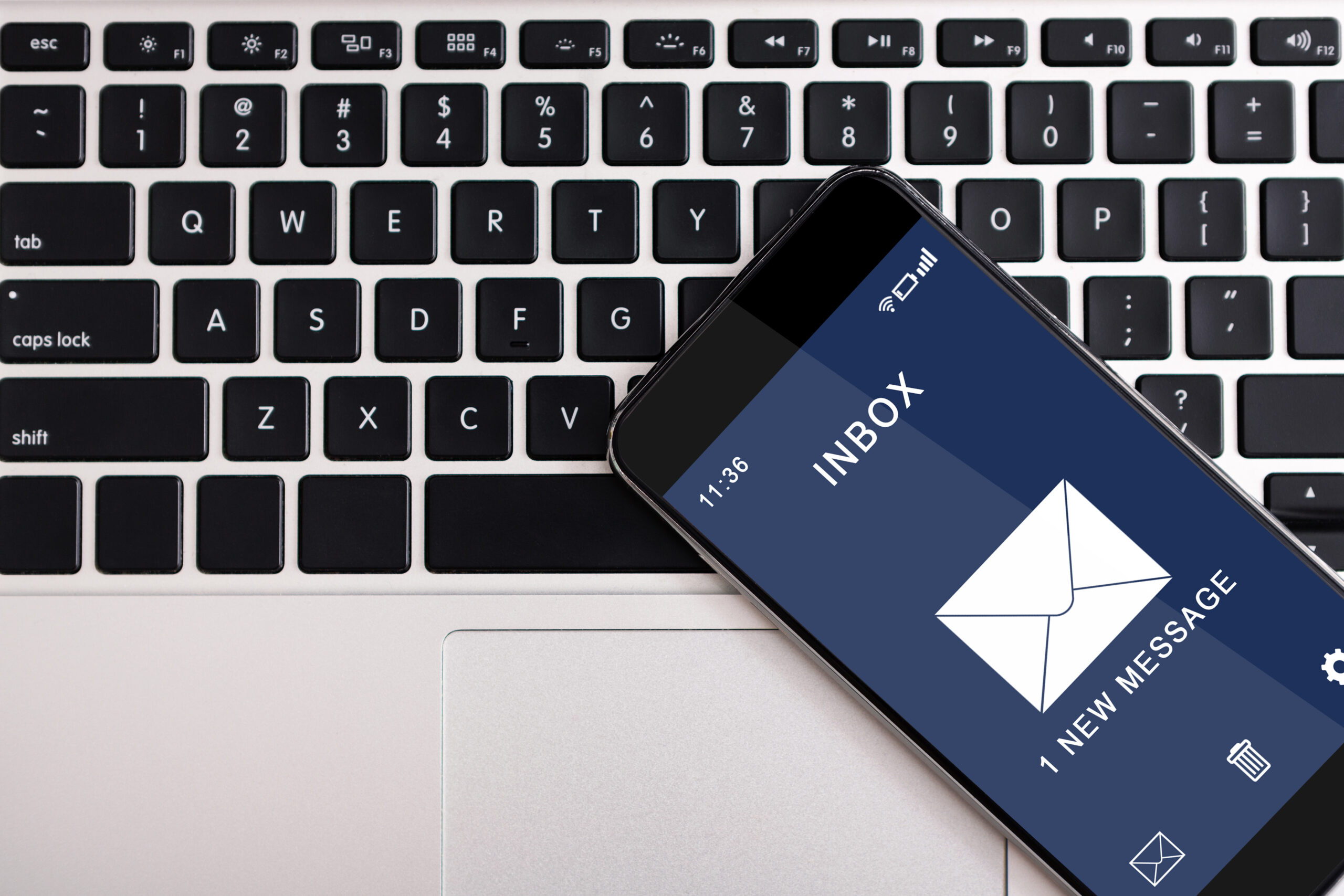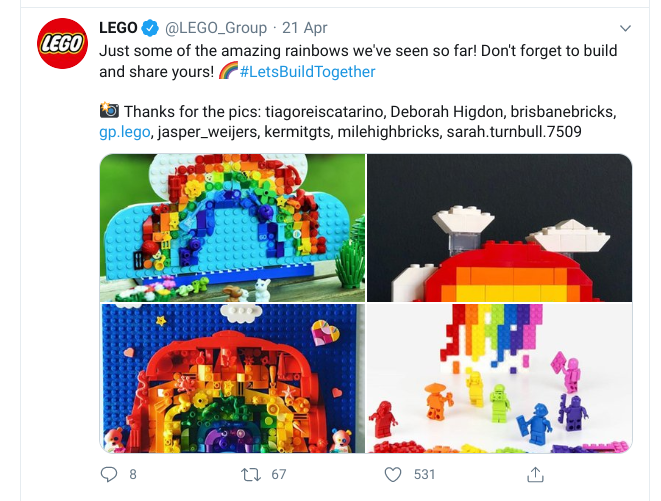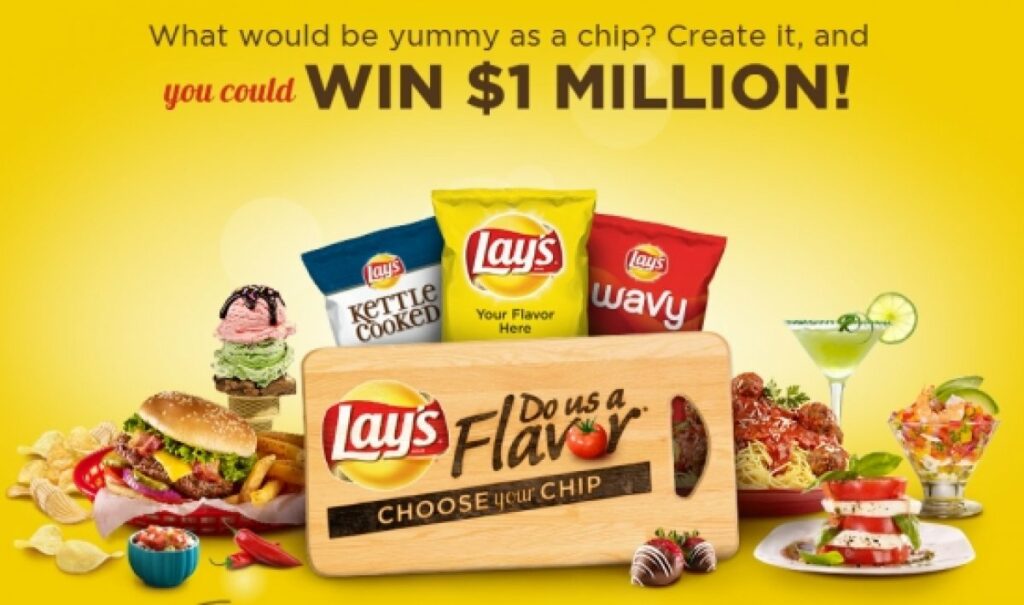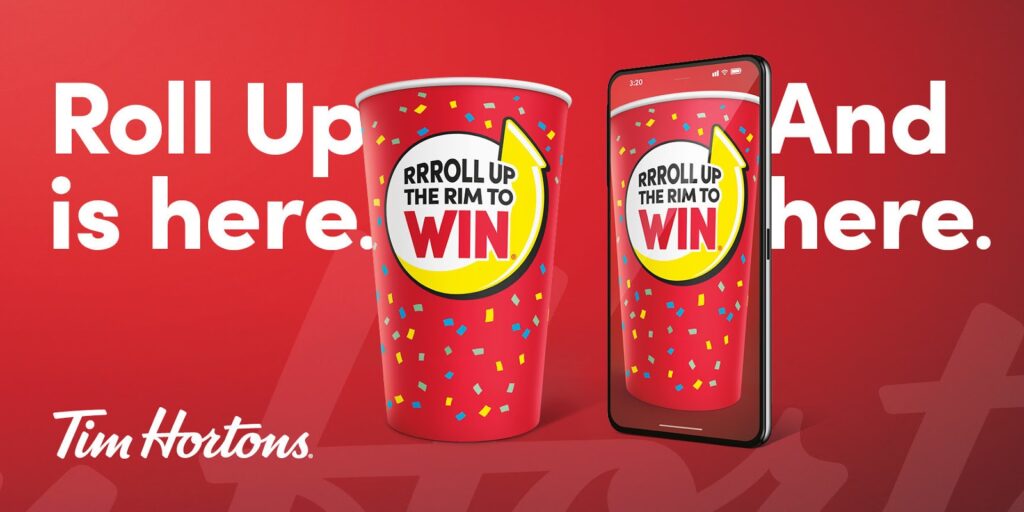Email is considered one of the oldest forms of digital communication. This marketing method also has one of the highest ROIs, with a return on investment of $36 for every dollar spent. In order for you to achieve this, you must arm yourself with the latest email marketing strategies.
In this article, you will get everything you need to know about email marketing. You’ll learn what email marketing is and why it is important. In addition, you will get your hands on 9 proven and tested email marketing strategies that will boost the success of your future campaigns.
What is email marketing?
Email marketing is a form of digital marketing that makes your customers on your email list aware of new products, discounts, and other services. In email marketing, brands use email to promote your brand, products, or services, as well as to incentivize customer loyalty. This marketing method can be a subtle way of informing your customers of your brand value and keep them engaged between purchases and interactions.
As 80% of Americans check their email at least once per day, this inbound marketing method is a key component of your marketing strategy. The reason for this is that it helps with lead generation, brand awareness, relationship building, and keeping customers engaged between purchases.
Email marketing strategies to build your email campaigns
Whether it is promoting a new product, sharing a discount with your loyal customers, or launching your brand new product, identifying the right strategy for you begins with knowing what you expect to accomplish. Once you have defined a clear and measurable goal, you can use one of the following email marketing methods:
Segment your mailing list
List segmentation is the process of dividing your subscriber list into smaller lists that share common characteristics. By using this technique, you can engage subscribers with more relevant and targeted emails. In addition, recent studies show that this email marketing strategy has a better click-through rate of 8% (CTR) and drives 18 times more revenue compared to general emails.
As each business is different, so is each audience. You can ask your subscribers initial introductory questions during the signup process to collect valuable data about your potential customers. With this information, you will be able to segment your audience faster, which will make it easier for you to create personalized experiences for them.
Segmentation criteria include the following:
- User information – job title, age, industry
- Purchase history
- Buyer’s journey
Personalization
Personalization in email marketing refers to the process of using subscriber data to enhance the individual user experience within email content. This email marketing strategy is powerful as it’s 26% more likely to be opened and can drive revenue as much as 760%.
When it comes to email marketing, the concept of personalization varies from using subscriber data (first name) in email copy and segmenting subscribers into smaller lists, to automated email sequences that provide customers with a personalized experience based on their actions.
Email optimization
If you want your email marketing strategy to succeed, you must make sure you create long-term relationships with your subscribers. For this to happen, you need to optimize your emails, so your audience is enticed to open, read, and ultimately act on them.
Below are 5 email optimization steps you can use today to take your next email marketing campaign to the next level:
1. Create eye-catching subject lines.
A subject line can either make or break your email marketing campaign’s success. Despite being a simple one-liner, the words you choose have a huge influence on the performance as 47% of email recipients open emails based on the subject line.
Here are some things to consider when writing your next subject line:
- Keep the subject line to 50 characters (6 – 10 words).
- Make it personal – open rates increase by 22%.
- Appeal to your subscribers’ emotions and ambitions.
- Ask questions to increase engagement.
It’s important to keep in mind that every company and audience is different. Consider testing various subject lines to learn which approach produces the best results.
2. Evaluate sender name
Did you know that 42% of people look at who sent the email before opening it? Choosing the right sender name (from name) plays a key role in determining if your audience will read your message or if it will land in the spam box.
To earn readers’ trust and build recognition for future emails, use the following guidelines for your email body and make sure you’ll be consistent in your approach:
- Company name
- Title of the series or newsletter
- Don’t use a no-reply
3. Preheader/preview text
The email preheader (or preview text) is the text to the right of the subject line that gives a brief preview of the email. A well-written preheader draws attention and convinces people to open your emails just like a catchy subject line can. This adds valuable context to your subject line and can significantly boost your open rates.
Here are 5 best practices you can test out to create compelling preheader/preview texts:
- Offer a CTA
- Incentivize your audience
- Personalize the sentence
- Maintain text between 40 and 130 characters
- Ask questions to increase engagement
4. Optimize content & add visuals:
In order to write catchy and compelling emails, both text and images are crucial. Research shows that the ideal text-to-image ratio is 80% text and 20% visual. However, there are brands that score amazingly with either text or images. In fact, 65% of users prefer emails that contain mostly images vs. 35% who prefer text mostly.
In order to write captivating copy for your emails, make sure the content is concise, clear, and relevant instead of overwhelming your readers. Breaking up long texts into short paragraphs by using bullet points is a great method for doing this. Make sure you include your branding visual elements as it can help you improve your messaging as it results in a better CTR.
Remember, each audience has different preferences. Make sure you test different variations – text only, image only, combination, etc. – in order to find out what resonates best with your audience.
5. Optimize CTAs
Whether your aim is to sign up new subscribers for your newsletter, launching a new product, or directing your audience to your website. Every email should contain a clear call to action (CTA) as it can improve customer engagement, grow web traffic, and ultimately result in more conversions and sales.
Use the following 5 tips to optimize your CTAs to perfection:
- Include copy that calls for action.
- Use button designs – 28% increase in CTR compared to link-based.
- Leverage the power of whitespace.
- Test your CTA placement.
A/B test your email marketing content
In A/B testing, also called split testing, is the process of testing two different versions of a campaign on your audience to see which performs better. By using this process, you can increase user engagement, reduce bounce rates, increase conversion rates, minimize risk, and create content effectively.
Before you start testing different variations, make sure you have a clearly defined goal and hypotheses to support the process. Then make sure you test one thing at a time so that it is clear as to what factors affected the results. If you test multiple things at once then you don’t know what increased or decreased your conversions.
Here is a list of variations you can test out:
- Sender name
- Subject line
- Long and short-form copy
- CTA
- Images
- Time of sending
Optimize email deliverability
For your strategy to work, people must first receive your emails. When designing an email campaign, deliverability should be taken into account and monitored regularly. If you don’t do this, your emails are more likely to be overlooked or even deleted as they land in your subscriber’s spam folder. To increase the deliverability of your emails, consider the following practices:
- Make sure the emails you send don’t come across as spammy or overly promotional.
- Keep your subscriber database up to date by removing inactive contacts.
- Prevent and decrease the number of new inactive users with double opt-in. It adds an extra step between the potential subscriber and your list.
- Make sure users can unsubscribe by using a link. This is a must as it is part of the GDPR (Europe’s data protection regulation).
Optimize for mobile
Did you know that the number of global email users exceeds 4 billion while at least 50% of all emails sent are opened on mobile devices? You can take advantage of this potential and provide a great user experience for your subscribers by optimizing your email marketing strategy for mobile devices. While poor mobile optimization can result in a significant drop in conversions and sales opportunities since 42.3% of users will delete your emails before opening them.
Optimize your emails for mobile with the following tips.
- Write short and concise email copy, subject lines, and preheaders so readers can see your content even on small displays.
- Create mobile-friendly emails using responsive designs.
- Test your emails for design, readability, and CTAs.
Decrease number of inactive subscribers
As email list decay is inevitable, by re-engaging with your audience and cleaning your list you’ll be able to decrease the number of inactive subscribers. This eventually will improve your email deliverability, decrease your costs and be able to see what percentage of people are truly engaged with your content.
Inactive subscribers can be defined by the period of time they are not active. A rule of thumb among marketers is a period of 3, 6, or 9 months. If you want inactive subscribers to re-engage, you need to find a way to make them want to receive your emails again. A simple and precise way would be to let them know they are missed.
The second step is to move those who respond to the active list. In addition, you will notify those who don’t respond that they will be removed from your list if they don’t reply within a set period of time.
Scale and automate with email marketing automatisation software
Email marketing software is much more than a tool to send emails, segment lists, and track performance. If you are armed with the right software, you can increase business growth and earn more revenue as it streamlines your efforts, drives efficiency, and gets better ROI and conversions.
One of the most common problems that ecommerce businesses face is abandoned cart, where products are added to carts but are not eventually checked out. In this case, email marketing becomes handy in reminding customers of their shopping carts or providing incentives for them to come back and complete their purchases.
Keep track of email marketing metrics
In order to measure the overall success of your email marketing strategy, you can analyze key email marketing metrics and start comparing them to industry benchmarks and your objectives. This helps you determine whether you are on the right track or not. If not, then use the insights to improve and refine your strategy.
Your email campaign metrics can include:
- List growth rate
- Open rate
- Click-through rate
- Unsubscribe rate
- Bounce rate
Connecting with your audience
The best way to connect with your audience is to create email campaigns that offer relevant value and information. Cost savings, new products, new services, and product benefits show the reader that the email has value to them, and they should keep on reading.
Marketing emails are great tools to help you connect with your audience and nurture long-term relationships with them. When done correctly, email marketing campaigns motivate your customers to engage and act, which is what all businesses want when developing campaigns.
If you want a tailored marketing campaign that works for your business, get in touch with a team of experts who are ready to help you generate more sales while continuing positive relationships with your audience.
Stay up-to-date and get your hands on all the latest news and technology with Advesa’s
weekly in-depth insights and news.
























